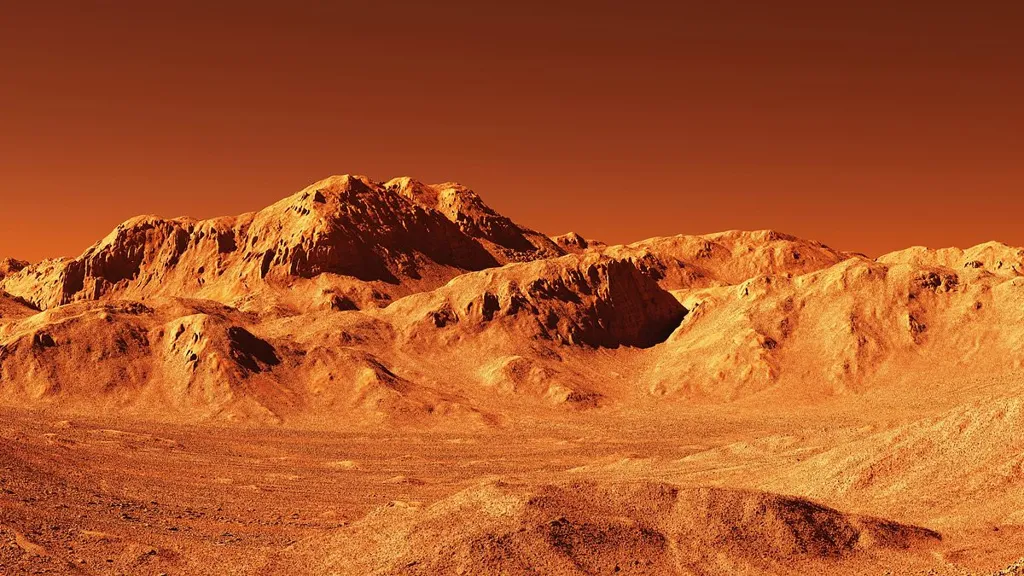Scientists have made a discovery about Mars that could lead to uncovering alien life. They identified an 1,800-mile-wide plain in the northern hemisphere that has the right subsurface conditions to support living organisms.
The region - called Acidalia Planitia - contains just the right levels of water, heat and energy in its soil for alien bacteria to thrive. The next step is to drill into the Martian surface to see if life truly has sprung there.
"[It is] a promising target area for future missions in the search for extant life in Mars' subsurface," the researchers, led Andrea Butturini of the University of Barcelona, wrote.
But researchers would have to dig miles below the Red Planet. This would require major crewed missions and technologies that are not likely to be achievable for years to come.
This study, however, brings scientists one step closer to finding definitive proof of live beyond Earth by zeroing-in on a location where microbial life could exist. What's more, it lays the groundwork for future studies that could settle an 'intense debate' about the presence of methane in the Red Planet's atmosphere.
Alien bacteria may be lurking 2.5 to 5.5 miles beneath the surface of a Martian plain called Acidalia Planitia, a new study has found. That's because the alien life forms that researchers believe could live beneath Acidalia Planitia are methanogens, or methane-producing bacteria.
Methanogens are extremophiles - bacteria that thrive in extreme environmental conditions such as very high temperatures, ultra-salty water or even high levels of radiation. On Earth, methanogens typically dwell in swamps and marshes but can also be found in the guts of cows, termites and other herbivores, as well as in dead and decaying organic matter.
These microorganisms are anaerobic, which means they do not need oxygen to survive. They can also survive without organic nutrients or sunlight.
The Role of Future Missions
In 2028, the European Space Agency (ESA) plans to launch their Rosalind Franklin rover, previously known as ExoMars rover. This will include a drill that can dig roughly seven feet into the Martian surface but that's not nearly deep enough to access potentially habitable depths Butturini and his colleagues identified.
The Potential Below Mars' Surface
The Martian surface is inhospitable due to extremely cold temperatures and low pressure that not even extremophiles could survive. But below the surface, radioactive decay produces heat and chemical energy while ancient oceans leave behind buried water within Mars.
"The subsurface of southern Acidalia Planitia is a putative target region for hosting cold-adapted Methanosarcinaceae-like and/or Methanomicrobiaceae-like methanogens," reads part of their study findings currently available on pre-print server arXiv.
Methane Debate
If proven correct by future research efforts this theory might provide indirect evidence supporting biologically-generated methane presence within planetary atmospheres like ours here at home!
